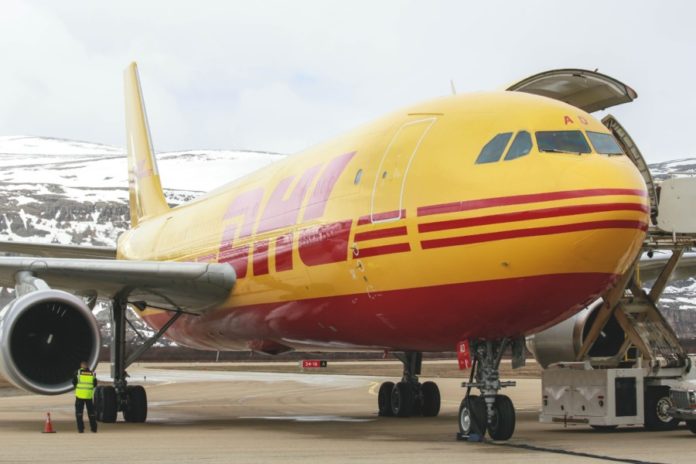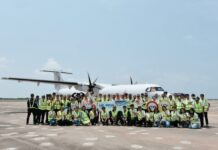

DHL Global Forwarding is to accelerate the supply chain for the North Norwegian seafood industry by shipping live crabs and seafood from the Lakselv Airport Banak in Northern Norway to Asia and Northern America.
On dedicated weekly flights, DHL will transport fresh seafood to the DHL terminal in Oslo, from where the freight is sent to South Korea and other destinations such as Japan or the US.
Today’s first flight will be officially welcomed by the state secretary Ronny Berg of the Norwegian Ministry of Trade, Industry and Fisheries.
DHL Global Forwarding Americas head of airfreight, Tim Robertson says: “Live and frozen fish as well as seafood are just some of the food items that DHL Global Forwarding has experience shipping in the US.
“Thanks to our team of experts who understand temperature control requirements, regulations, food safety and quality control guidelines, this seafood and fish is able to get to market and to consumers in the most expedient way possible.”
Transporting the fresh seafood by aircraft, DHL says it allows to cut the lead-time by nearly 50 per cent. The shorter lead-time ensures living crabs and other fresh seafood arrive at their destination in prime condition and fresher.
Besides living king crabs, snow crabs and shrimps DHL will also take care for the transportation of various sorts of white fish like cod, haddock and pollock, sea urchin, scallop and salmon.
Norwegian Seafood Council marketing manager for salmon & trout, Bjørn-Erik Stabell adds: “Time is of the essence when it comes to delivering fresh seafood of the very best quality. Norway is a long country, and with a large proportion of seafood being produced in the North, this air freight route is an important contribution to efficiently reaching seafood consumers across the world.”
DHL is aiming to increase the frequency of deliveries from Oslo to Asia to three flights per week. From Oslo, almost 90 per cent of the the fish is flown directly to Seoul in South Korea, while approximately ten per cent is further directed to destinations in the US, Japan and China.










